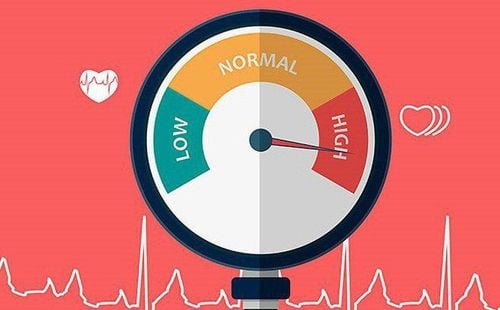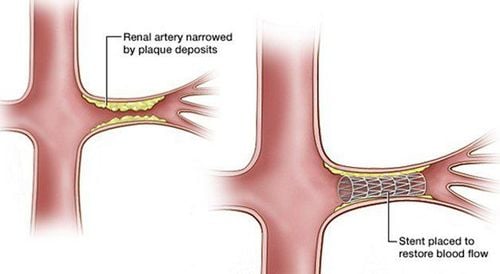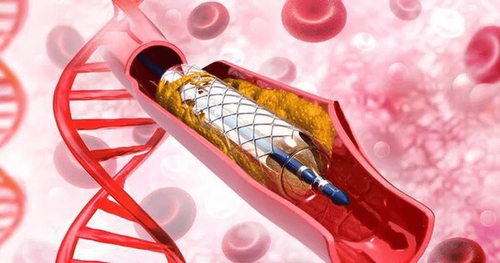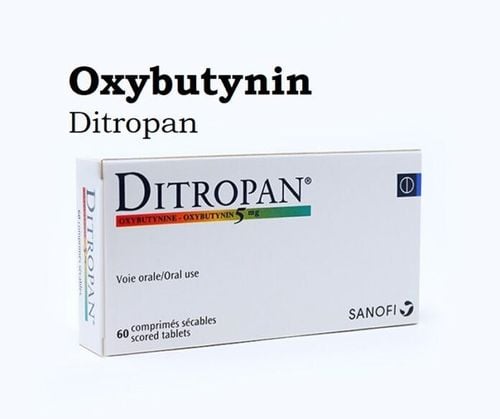This is an automatically translated article.
Renal artery stenosis is a medical condition with many causes, which can be congenital or acquired. The incidence of renal artery stenosis is currently increasing rapidly due to the increase of non-infectious diseases such as diabetes, hypertension, dyslipidemia...1. What is renal artery stenosis?
The main function of the kidneys in the body is to filter the blood and remove toxins from the blood through the urine. The main mechanism is that blood will go to the two renal arteries on both sides and then to the structures inside the two kidneys, then the toxins will be transferred to the next way through the urinary tract.Renal artery stenosis is a pathological phenomenon with many causes, of which more than 90% is due to atherosclerosis causing narrowing of the renal artery, thereby reducing blood supply to the kidney, and the final result is functional failure or renal failure. loss of kidney function.
2. Symptoms of renal artery stenosis

Dấu hiệu mà các bác sĩ hay dùng để phát hiện đó là bệnh tăng huyết áp với các trường hợp tăng huyết áp ở người trẻ tuổi
The sign that doctors often use to detect it is hypertension with cases of hypertension in young people, or elderly people but high blood pressure is difficult to control, or screened in subjects There are many risk factors for atherosclerosis such as hypertension, diabetes, smoking, dyslipidemia... Because when kidney perfusion is reduced, it will lead to increased secretion of hormones leading to salt retention. , water and peripheral vasoconstriction, thereby causing an increase in blood pressure.
3. Should intervention to treat renal artery stenosis?
Renal artery stenosis, if not detected early and treated promptly, will cause dangerous complications such as: malignant hypertension, intermittent high blood pressure, sudden, uncontrolled by other methods. Conventional treatment leads to stroke.Decreased renal parenchymal perfusion leads to chronic renal ischemia leading to the risk of renal atrophy. One study said: About 14-49% of patients had renal atrophy at the time of diagnosis of renal artery stenosis.
Progressive renal failure: Due to chronic renal ischemia leading to atrophy of the glomerular complexes. If the patient progresses to end-stage renal failure, requiring dialysis, the mortality rate is up to 30% and the median survival time of patients with renal artery stenosis is 27 months. Based on the above dangerous complications, it can be seen that the treatment of renal artery stenosis is necessary.
4. Methods of treatment

Phương pháp đặt stent động mạch thận khắc phục hẹp động mạch
4.1 Medical method This is the basic treatment method, mainly to control the risk factors for disease such as atherosclerosis, dyslipidemia, smoking, anti-inflammatory..
4.2 Bypass Surgery Bypass surgery is the method of using artificial blood vessels or the patient's own blood vessels to connect through the narrowed renal artery.
4.3 Endovascular intervention Endovascular intervention is the most popular modern method of treating renal artery stenosis in the world due to its safety and effectiveness. In this method, the narrowing of the renal artery will be dilated with a balloon or placed a stent (stent) to correct the narrowing of the artery.
Acquired renal artery stenosis is preventable. The main measure is early detection and active treatment of diseases that cause renal artery stenosis; quit smoking, pipe tobacco; Eat in moderation, limit eating fast food to avoid being overweight and obese - this is the cause of atherosclerosis and leads to narrowing of the arteries.
Please dial HOTLINE for more information or register for an appointment HERE. Download MyVinmec app to make appointments faster and to manage your bookings easily.













